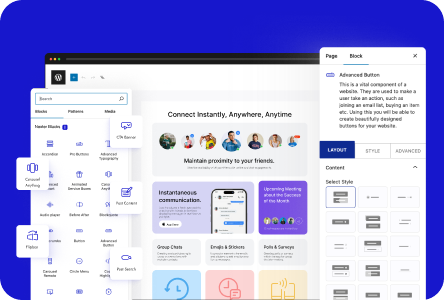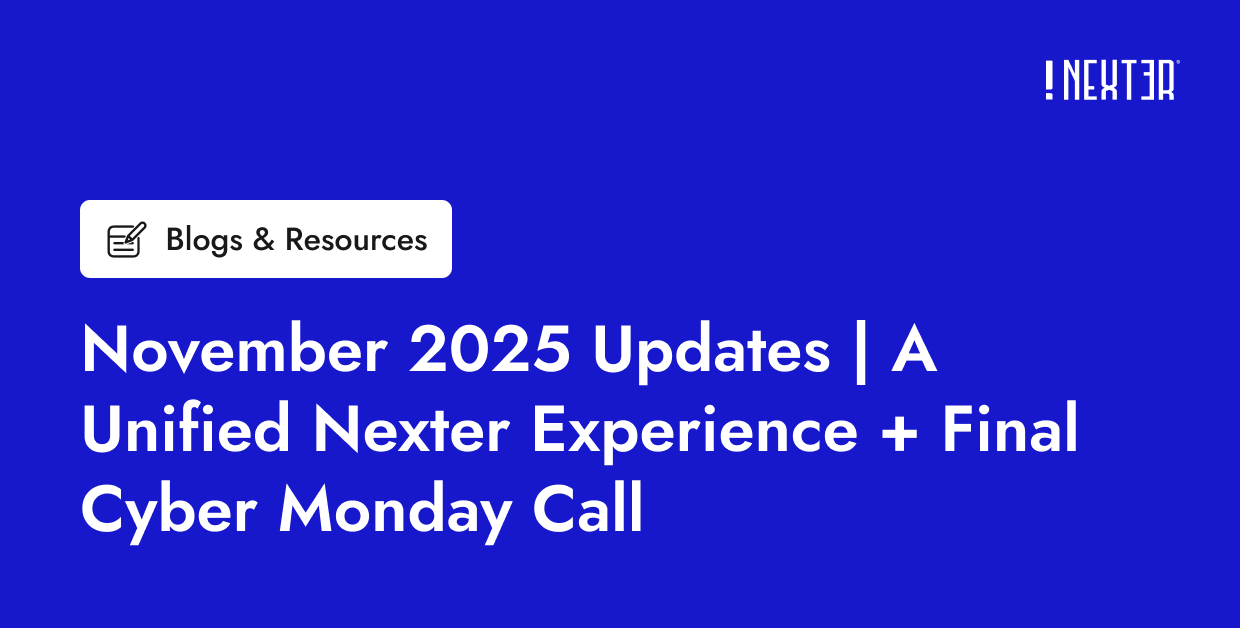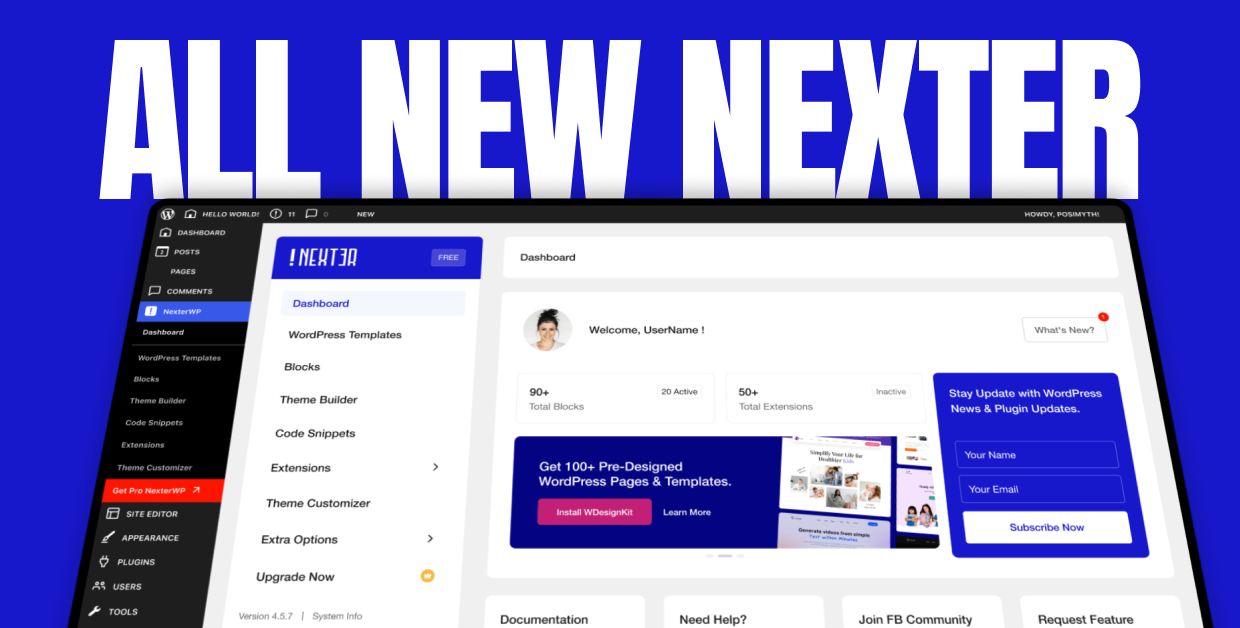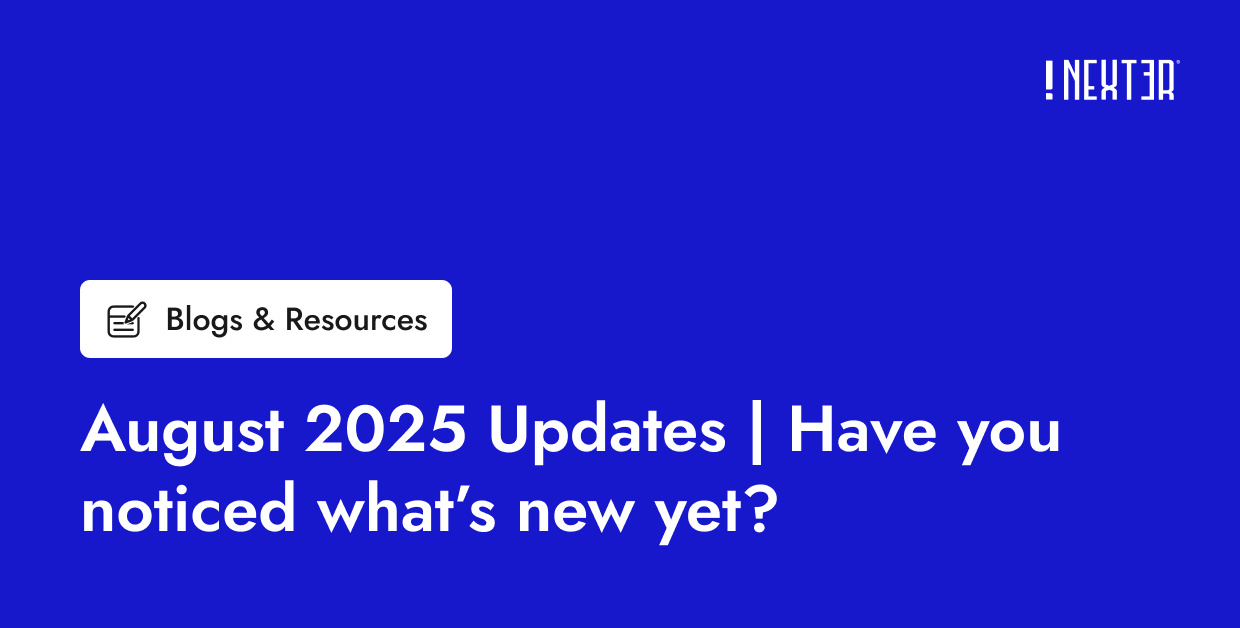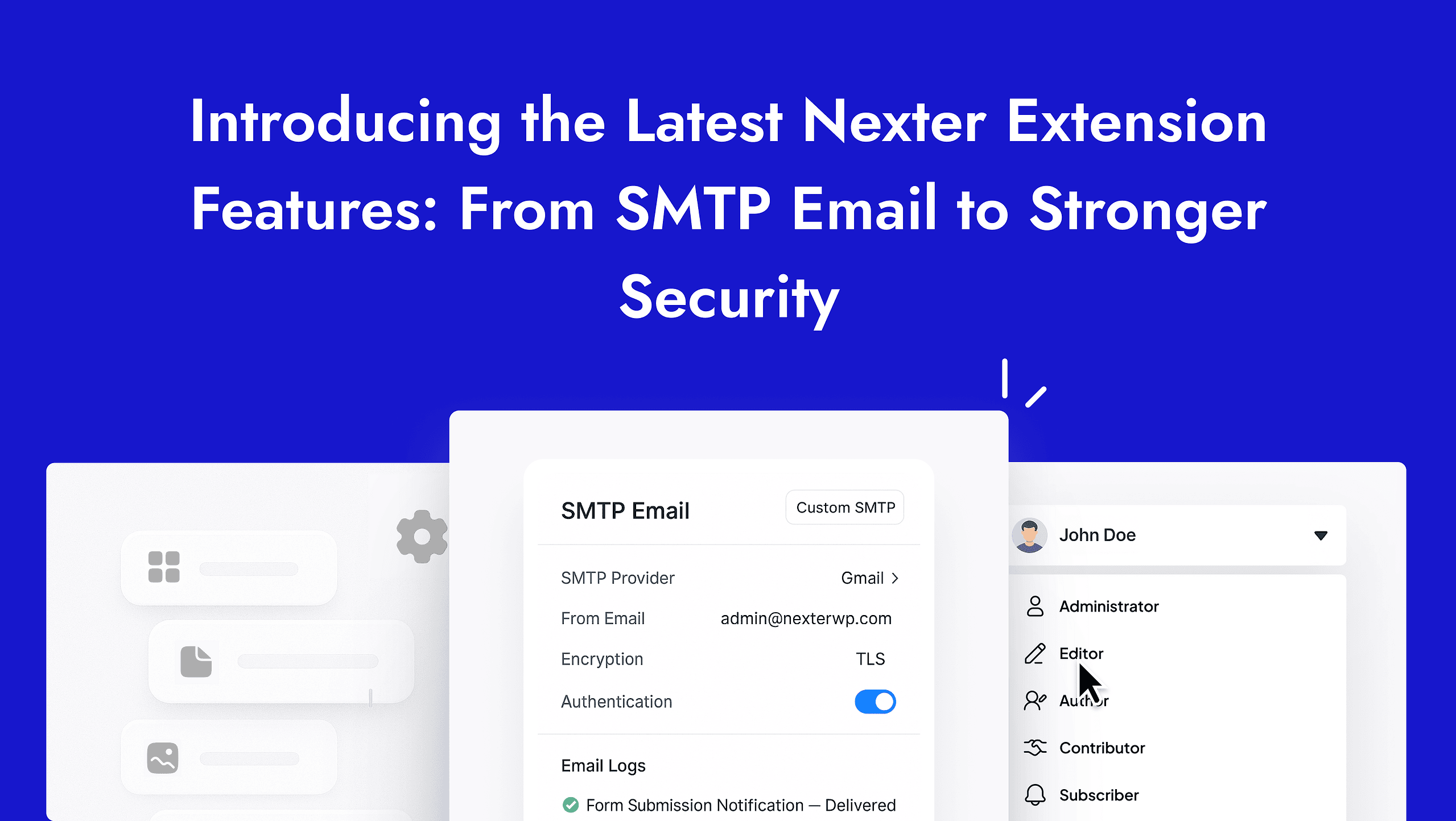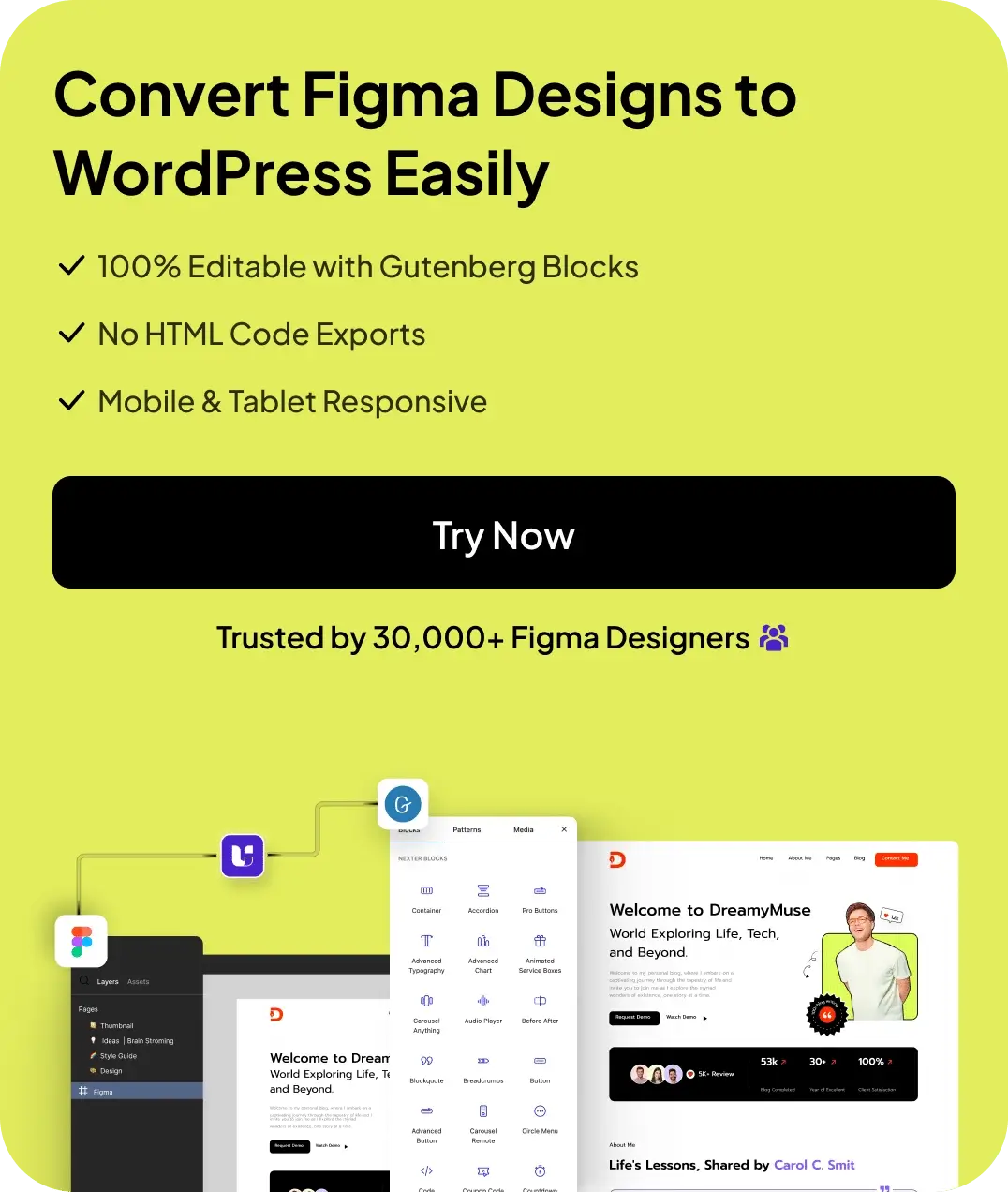Installing a WordPress theme is one of the easiest ways to change the look and feel of your website.
Whether you’re new to WordPress or already familiar with it, knowing how to install a theme gives you the freedom to personalize your site.
In this guide, we’ll explain different ways to install a WordPress theme so you can create a site that reflects your style.
No matter your chosen method, you’ll have everything you need to make your website stand out.
So, let’s get started.
What is a WordPress theme?
A WordPress theme is a collection of files that determine the design and layout of your website. It controls how your site looks to visitors and plays a key role in the user experience.
Themes typically include:
- Layouts – The structure of pages and posts.
- Colors – The color scheme used throughout the site.
- Fonts – Text styles and sizes.
- Design Elements – Styling for headers, footers, sidebars, and other sections.
You can find free themes in the WordPress Theme Directory or purchase premium ones from marketplaces like ThemeForest and Envato.
Premium themes often come with advanced features and customization options, making them a great choice if you need specific functionalities for your site.
Choosing the right theme not only shapes your website’s appearance but also impacts its performance, helping you create a visually appealing and user-friendly experience.
Want to know why buy a premium theme? Discover here – Why you should invest in premium themes.
How to Prepare for Installation of WordPress Theme?
Before you install a WordPress theme, it’s essential to ensure you meet the necessary requirements and choose the right theme for your needs. This preparation will make the installation process smoother.
Consider the following:
- Purpose: Is the theme appropriate for your niche, whether it’s a blog, an e-commerce site, or a portfolio?
- Responsiveness: Make sure the theme looks good on all devices, including mobiles and tablets.
- Customization Options: Look for themes that allow easy customization to fit your brand.
Read reviews and ratings of themes to understand user satisfaction. Also, check if the theme is regularly updated and supported for long-term reliability.
If you’re looking for a step-by-step guide, check out our detailed tutorial on How to Make a WordPress Website for Free [6 Easy Steps].
How to Install WordPress Theme [3 Methods]
Generally, there are 3 methods to install a WordPress theme, depending on whether you want to install a free WordPress theme or a premium one. Let’s have a look at these methods.
Method 1: Using the WordPress Dashboard
You can easily install a free WordPress theme available in the official WordPress themes directory through the WordPress Dashboard itself.
Log into your WordPress admin panel.
Then, navigate to Appearance and click on Themes.
![How to Install WordPress Theme [Beginners Guide] 5 Using the WordPress Dashboard 1](https://nexterwp.com/wp-content/uploads/2025/02/Using-the-WordPress-Dashboard-1.png)
Now, the ‘Theme’ page will open. Then click on the Add New Theme button located at the top of the page.
![How to Install WordPress Theme [Beginners Guide] 6 Add New Theme](https://nexterwp.com/wp-content/uploads/2025/02/Add-New-Theme.png)
You will see a selection of available themes. You can browse or use the search field to find a specific one.
![How to Install WordPress Theme [Beginners Guide] 7 themes](https://nexterwp.com/wp-content/uploads/2025/02/themes.png)
Once you find the theme you like, click Install.
![How to Install WordPress Theme [Beginners Guide] 8 Install](https://nexterwp.com/wp-content/uploads/2025/02/Install.png)
After installation is completed, remember to click Activate to apply the theme to your site.
![How to Install WordPress Theme [Beginners Guide] 9 Activate](https://nexterwp.com/wp-content/uploads/2025/02/Activate.png)
After this, your theme will be applied to your site.
Method 2: Installing Theme via Upload Option in WordPress Dashboard
In case you want to buy a premium WordPress theme and install it on your website, then the first step is to purchase it from a reliable marketplace like ThemeForest.
Next, you need to download the zip file. The theme will typically be in a .zip format.
Make sure to save this file in an easily accessible location on your computer.
Then, from your WordPress dashboard, go to Appearance > Themes.
![How to Install WordPress Theme [Beginners Guide] 10 Option in WordPress Dashboard](https://nexterwp.com/wp-content/uploads/2025/02/Option-in-WordPress-Dashboard.png)
The Theme page will open, then click on the Add New Theme Button.
![How to Install WordPress Theme [Beginners Guide] 11 Add New](https://nexterwp.com/wp-content/uploads/2025/02/Add-New.png)
After that, click on the Upload Theme button.
![How to Install WordPress Theme [Beginners Guide] 12 Upload Theme button](https://nexterwp.com/wp-content/uploads/2025/02/Upload-Theme-button.png)
Doing so, a dialogue box will open where you can upload your theme’s .zip file.
After uploading is completed, click on the Install Now button.
![How to Install WordPress Theme [Beginners Guide] 13 Install Now button](https://nexterwp.com/wp-content/uploads/2025/02/Install-Now-button.png)
Once the theme is installed, WordPress will show a confirmation, including an Activate option below it.
Clicking on the Activate option will set your theme on your site.
Method 3: Uploading Themes via FTP
If you have a theme in a .zip file that is not from the WordPress directory and is quite large in size and you want to manually add it, you can upload it using an FTP client like FileZilla.
However, this method is not suitable for beginners who are not comfortable working with FTP clients.
Moving forward, to install a theme using an FTP client, you first need to extract the .zip file on your computer. This will create a folder with the theme files.
Next, connect to your web hosting account by opening your FTP client.
Enter your FTP credentials (host, username, password, and port) provided by your web host.
![How to Install WordPress Theme [Beginners Guide] 14 Uploading Themes via FTP 1](https://nexterwp.com/wp-content/uploads/2025/02/Uploading-Themes-via-FTP-1.png)
Then, navigate to the /wp-content/themes/ folder. Now you can drag and drop the extracted theme folder here.
Once the upload is complete, return to your WordPress Dashboard.
Then, from your WordPress admin sidebar, click on Appearance > Themes.
![How to Install WordPress Theme [Beginners Guide] 15 Appearance 2](https://nexterwp.com/wp-content/uploads/2025/02/Appearance-2.png)
You will find your newly uploaded theme listed there.
Click Activate to apply the uploaded theme to your site.
This method is useful for themes purchased from marketplaces or custom themes provided by developers.
Want to customize your site? Here’s our ultimate guide on How To Edit Your Homepage in WordPress in 2025 [Ultimate Guide]
How to Customize WordPress ?
Many WordPress themes come with options that let you customize aspects of your site. To access these, go back to Appearance in your Dashboard and click on Customize.
![How to Install WordPress Theme [Beginners Guide] 16 Customize WordPress](https://nexterwp.com/wp-content/uploads/2025/02/Customize-WordPress.png)
This opens the WordPress Customizer, where you can change your site’s title, tagline, colors, and more. Each theme will have different options, so explore each section.
Look for features like Header Settings or Footer Settings to make further adjustments.
You can dive deeper into customization. Depending on your theme, you might see settings for layouts, typography, and menus.
Choose the settings that best fit your site’s purpose. For instance, you can adjust the Site Layout to be more compact or full-width. Don’t forget to save your changes.
Preview your site as you make updates to see how they affect the design.
Want to know what’s the difference between a theme and a template? Learn it here – Difference between theme and template in WordPress.
How to Troubleshoot Theme Installation Issues?
When you face installation issues with a WordPress theme, it’s important to identify common problems and know where to find help. This guide will highlight typical installation challenges and how to seek support effectively.
Common Installation Problems
There are several frequent issues you might encounter when installing a WordPress theme. Here are some of the most common:
- Permission Issues: If your theme’s permission status is set to “unwritable,” it can lead to installation failures. Ensure your file permissions allow for writing.
- Incorrect Theme Directory: Verify that you uploaded the theme files to the right location. They should be in the wp-content/themes folder. If the files are misplaced, the theme won’t show up.
- Memory Limit Constraints: Sometimes, your server has a memory limit that can prevent theme installation. If the process hangs, increasing your server’s memory limit may be necessary.
- Plugin Conflicts: Occasionally, plugins can interfere with theme installations. If you’re having issues, try deactivating all plugins and then attempt to install the theme again.
Finding and Using Support Resources
If troubleshooting the above issues doesn’t resolve your problem, you can seek additional help.
- Theme Documentation: Most themes come with documentation outlining common issues and installation guidance. Review this material for potential fixes.
- Support Forums: Utilize support forums like WordPress.org or the specific theme vendor’s forum. Other users may have faced similar issues and found solutions. Many WordPress themes also provide their support forum.
![How to Install WordPress Theme [Beginners Guide] 17 Finding and Using Support Resources](https://nexterwp.com/wp-content/uploads/2025/02/Finding-and-Using-Support-Resources.png)
- Contacting Support: If the theme is premium, you can reach out to the developer for assistance. Provide details on the issue so that targeted help can be received.
- Community Help: Websites like Stack Exchange or Reddit can provide community support. Post your issue and include the necessary details for feedback.
Remember, staying organized and focused will help you find solutions more efficiently.
How to Maintain Your WordPress Theme?
Maintaining your WordPress theme is crucial for keeping your site running smoothly. Regular updates, backups, and staying informed about changes will help ensure your site stays secure and functional.
Updating the Theme: Updating your theme is important for security and performance. Many WordPress themes like Nexter release updates that fix bugs, improve speed or add new features
Regular updates keep your site secure and can improve its appearance.
Learn here in detail why you should update your WordPress theme regularly.
Backing Up Theme Files: Backing up your theme files ensures you can restore your site if something goes wrong. It’s wise to do this periodically.
To back up your theme, you can use a plugin. Consider using backup plugins like UpdraftPlus or BackupBuddy. These can automate the process and make it easier.
However, if you prefer, you can manually back up by downloading your theme files.
Schedule backups regularly, especially before major changes or updates.
Staying Informed About Theme Changes: Staying updated about changes to your theme can help you understand new features and fix issues quickly.
To stay informed about the updates, you can check the theme developer’s website or documentation for news.
Also, many developers offer newsletters with updates on new features or necessary actions.
You can also monitor forums and community pages related to your theme. This way, you’ll be prepared for any adjustments needed to keep your site running well.
Stay updated with Helpful WordPress Tips, Insider Insights, and Exclusive Updates – Subscribe now to keep up with Everything Happening on WordPress!
Wrapping Up
Installing a WordPress theme is a simple yet powerful way to transform your website’s design and functionality.
Whether you use the WordPress dashboard for a quick setup or prefer the FTP method for more control, the process is straightforward once you understand the steps.
Beyond installation, customizing your theme allows you to create a site that reflects your unique style and purpose. And if you ever run into issues, troubleshooting techniques and community support can help you get back on track.
With the right theme and proper care, your WordPress site will not only look great but also perform smoothly for years to come.
If you prefer a lightweight theme that works super fast, is SEO-optimized, and is safe for your website, then you can try Nexter theme. Also, it provides over 1000+ pre-made templates, enabling you to design your website faster.
For more details on why to choose Nexter over any other WordPress theme, you can read this blog – Nexter vs Other WordPress themes.
Not only this, Nexter provides Nexter Blocks ( 90+ Gutenberg Blocks), that can help you transform your site into a beautiful and highly functional one. They are worth the try!
FAQs on Installing WordPress Theme?
How can I install a WordPress theme on a local server?
To install a WordPress theme on a local server, first, ensure you have a local server setup using software like XAMPP or MAMP. Then, go to your WordPress dashboard, click on “Appearance,” and select “Themes.” From there, click “Add New” and upload the theme’s .zip file.
What are the steps to upload and install a WordPress theme using cPanel?
To upload a WordPress theme using cPanel, follow these steps:
1. Log in to your cPanel account.
2. Go to the “File Manager.”
3. Navigate to the wp-content/themes directory.
4. Upload the .zip file of your theme.
5. Extract the .zip file.
6. Go to your WordPress dashboard and activate the new theme.
If the ‘Add New Theme’ button is missing, how can I install a new WordPress theme?
If the ‘Add New Theme’ button is missing, check if you have the correct user role with permission to install themes. If you can’t resolve the issue, use FTP to upload the theme directly to the wp-content/themes folder, then activate it via the WordPress dashboard.
Can I change my WordPress theme without losing content?
Yes, changing a WordPress theme won’t delete your posts, pages, or media files. However, theme-specific settings, customizations, and widgets may reset. Always back up your site before switching themes.
Can I use multiple themes on the same WordPress website?
No, WordPress allows only one active theme at a time. However, you can use plugins like Multiple Themes to apply different themes to specific pages.
